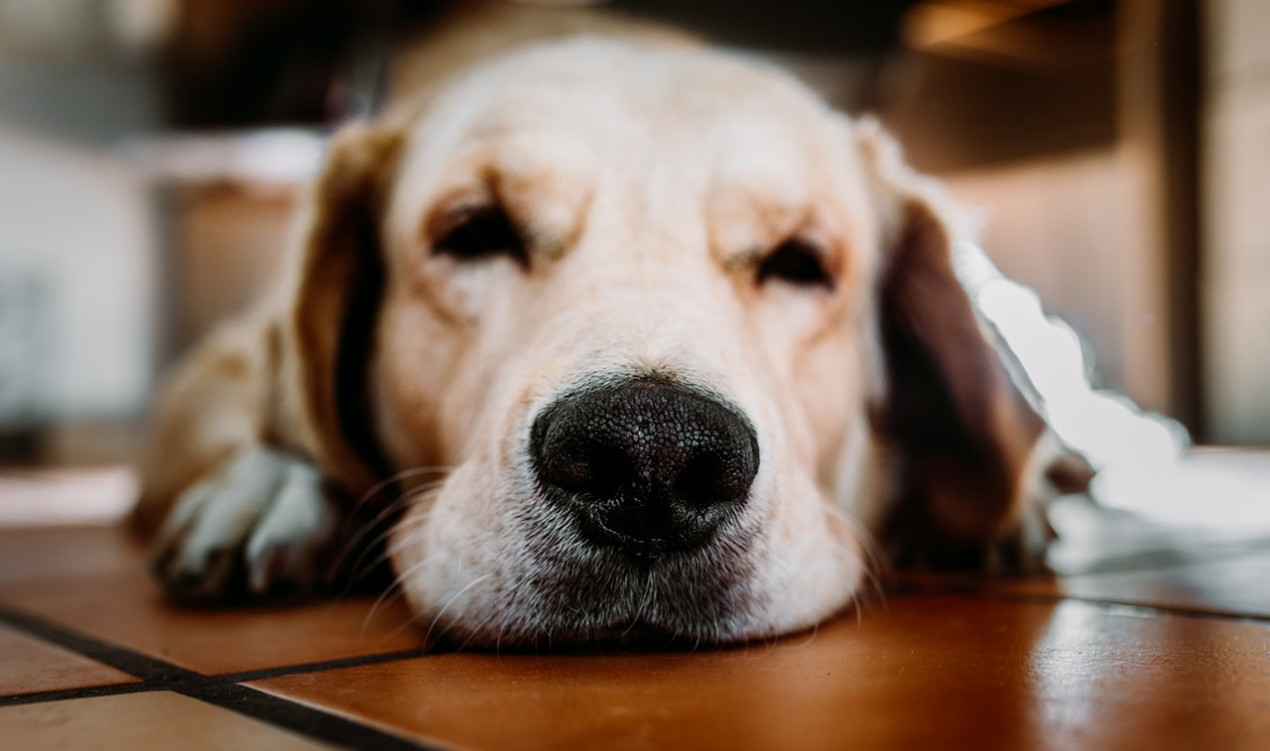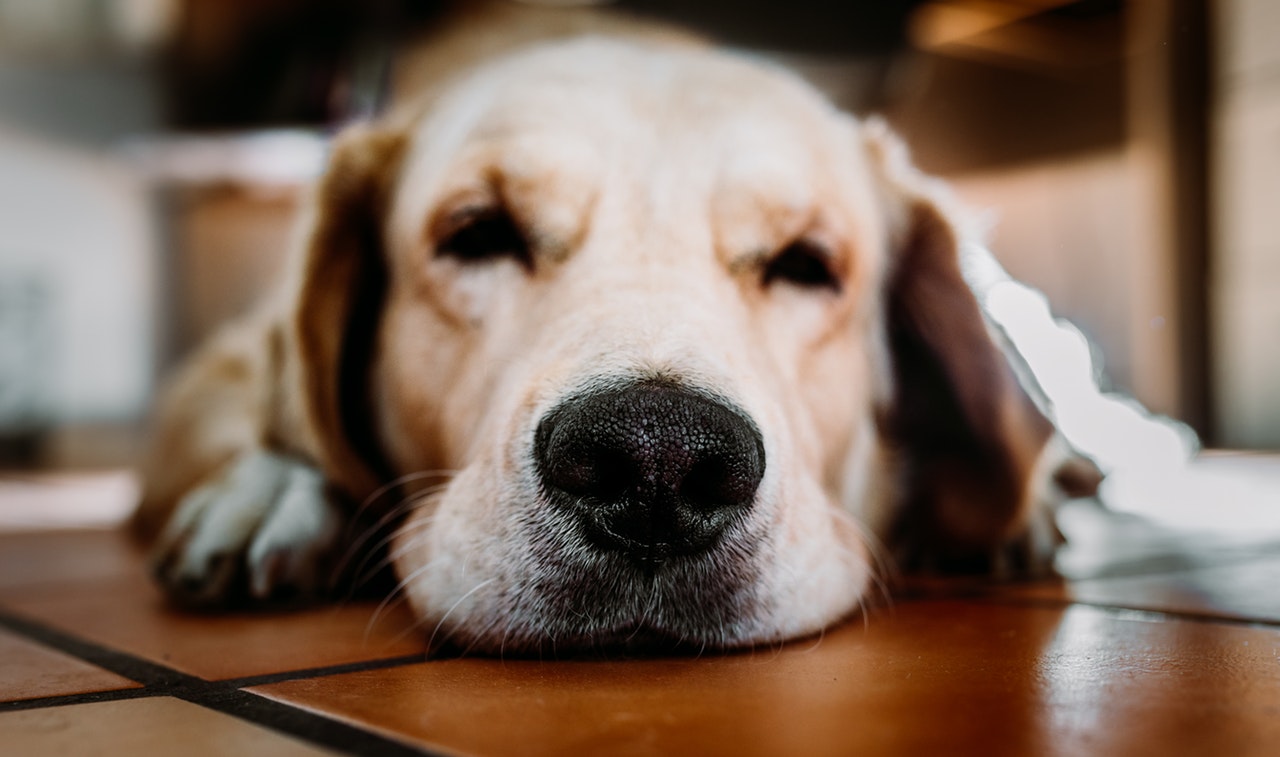Do you need help?

What is dog incontinence?
Urinary incontinence in dogs is the involuntary loss of urine. It usually affects middle-aged and older neutered females, but it can be seen in intact females and males.
Dogs can be incontinent for lots of reasons and, in many cases, it’s an easy problem for a vet to solve. These reasons range from bladder infections to urinary tract abnormalities.
Left untreated, dog incontinence usually gets worse with time. In many cases, the first sign is a small wet patch on the bedding at night. This can progress to a considerable amount of urine leaking out whenever the dog lies down and may even result in urine scalding of the skin.
My dog is peeing inside, is he definitely incontinent?
Owners often use the term ‘incontinent’ to describe inappropriate urination e.g. puddles left on the kitchen floor overnight. But unless your dog is completely unaware that they’re passing urine, then they’re not actually incontinent.
In around 80% of cases of true incontinence, the problem is due to ‘sphincter mechanism incompetence’, which essentially means the bladder neck is weakened and cannot retain urine within the bladder. It’s also related to the position of the neck of the bladder in the dog’s pelvis. Changes in internal pressure when the dog lies down mean that the urine can easily flow into the neck of the bladder and then will start to leak out.

How will I know if my dog is incontinent?
Dog incontinence can appear suddenly. But in most cases, it will come and go before becoming a persistent problem. If there’s another medical condition present, which affects the urinary tract, the incontinence may be more pronounced. Dogs suffering from a urinary tract problem will often pass urine normally when out for a walk and may not show any sign of pain or discomfort when peeing. Some of the tell-tale signs your dog is incontinent can include:
- Wet bedding or wet patches where the dog has been lying
- Damp legs, particularly in longer haired breeds
- Scalding on the skin, from where your dog’s been in constant contact with urine
- Licking around the back end more than normal
- Smell of urine on the dog and their bedding
Urinary incontinence treatment for dogs
Fortunately, there are treatments for dog incontinence which, in the majority of cases, will help manage the problem.
If you’re concerned your dog is incontinent, make an appointment to see your vet for a check-up and try to collect a urine sample to take with you. Your vet will want to exclude other conditions which may aggravate the incontinence such as infections, kidney disease, diabetes and other illnesses which encourage excessive drinking.
How to stop a dog from urinating indoors?
You can help your incontinent dog by using bedding, such as vetbed, which draws moisture away from the skin. Dog incontinence pads are also available for an old dog peeing inside. You should also wash the back of your dog’s legs regularly to reduce the risk of urine scald. Encouraging your dog to go outside and empty their bladder regularly will also help. We wouldn’t advise reducing their water intake as incontinence is not usually caused by excessive drinking (unless there is a medical condition present that leads to increased thirst).
The medical treatment your vet prescribes for dog incontinence will often start to work within a couple of weeks and then will be life-long. In rare cases, surgery may be recommended to change the position of the bladder neck, but usually only if treatment has been unsuccessful.

